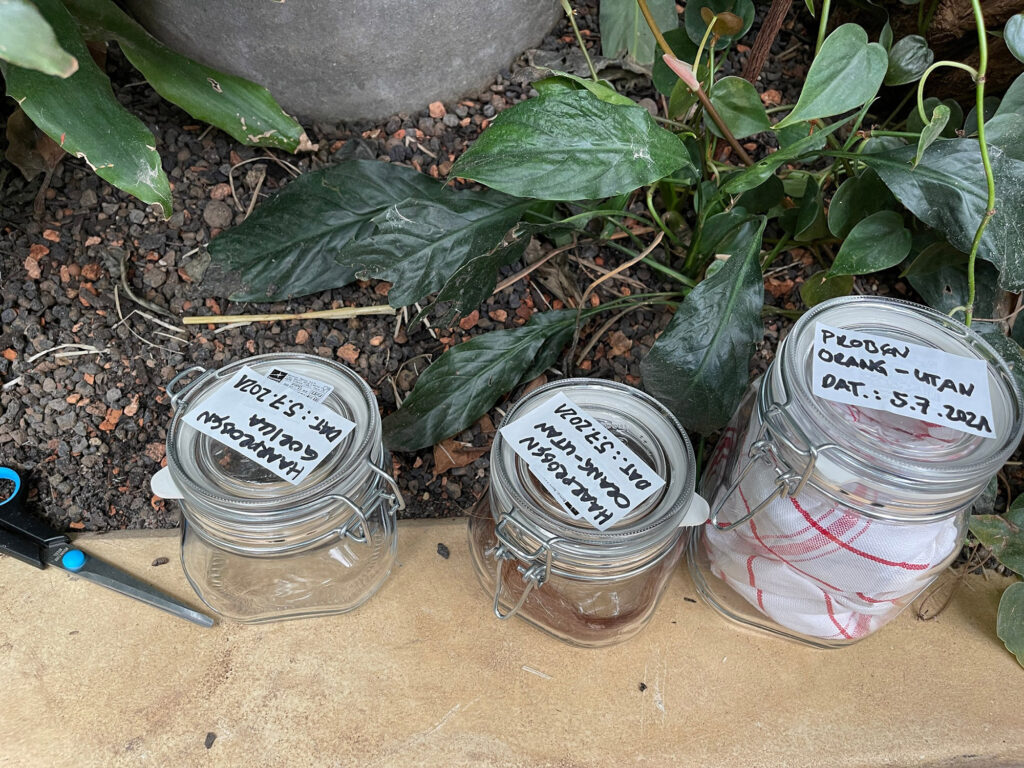Swiss Zoo Provides Odor Samples For Training Of Sniffer Dogs To Catch Smugglers
A Swiss zoo has provided odour samples from over 30 animal species to help federal customs train sniffer dogs to tackle a growing trade in the body parts of endangered animals as well as the animals themselves.
Zoo keepers from the Zurich Zoo located in the Swiss capital of Zurich collected odour samples from more than 30 animals residing in the zoo to help train the dogs to identify the animals and their body parts.
The keepers took samples of the animals’ hair, feathers, scales, spine, skin and eggs, which will help experts from the Swiss federal customs administration (FCA) train sniffer dogs to improve their detection skills.

Zoo Director Severin Dressen told Newsflash: “Species protection is one of the basic tasks of a modern zoo. Supporting the customs administration with odor samples is one piece of the puzzle.”
Dressen then explained that the zoo’s conservation activities and its breeding programs aimed to save endangered species are another important puzzle piece.
He added: “In the best case scenario, in the end we can return animals bred in the zoo to nature.”

In order to train the detection dogs, the FCA uses a simple technique involving cloths with the animals’ scent which help the dogs develop their knowledge of new smells that they need to be able to identify.
According to the FCA, after the dogs undergo the training process, they are able to fully identify and recognise the animals species whose scent they were instructed to detect.
Additionally, if a sniffer dog has been trained to smell antelope hair, it will also be able to detect shahtoosh, which is a fine type of wool made from the hair of the Tibetan antelope whose manufacture and trade are illegal.

FCV specialists use positive reinforcement to train sniffer dogs and give the animals a reward if they correctly smell the provided sample.
The trained dogs are then used to monitor airport terminals, post offices and large shipping companies in accordance with the CITES (the Convention on International Trade in Endangered Species of Wild Fauna and Flora, also known as the Washington Convention), which is a multilateral treaty to protect endangered plants and animals.
The convention was drafted as a result of a resolution adopted at a meeting of members of the International Union for Conservation of Nature (IUCN) in 1963, and entered into force on 1st July 1975.

Finally, if the sniffer dogs discover CITES-relevant species and the FCV detects there are no relevant documents to confirm they are legally transferred, the animals are reported to the customs vet service and temporarily brought to the Zurich Zoo in Switzerland.



